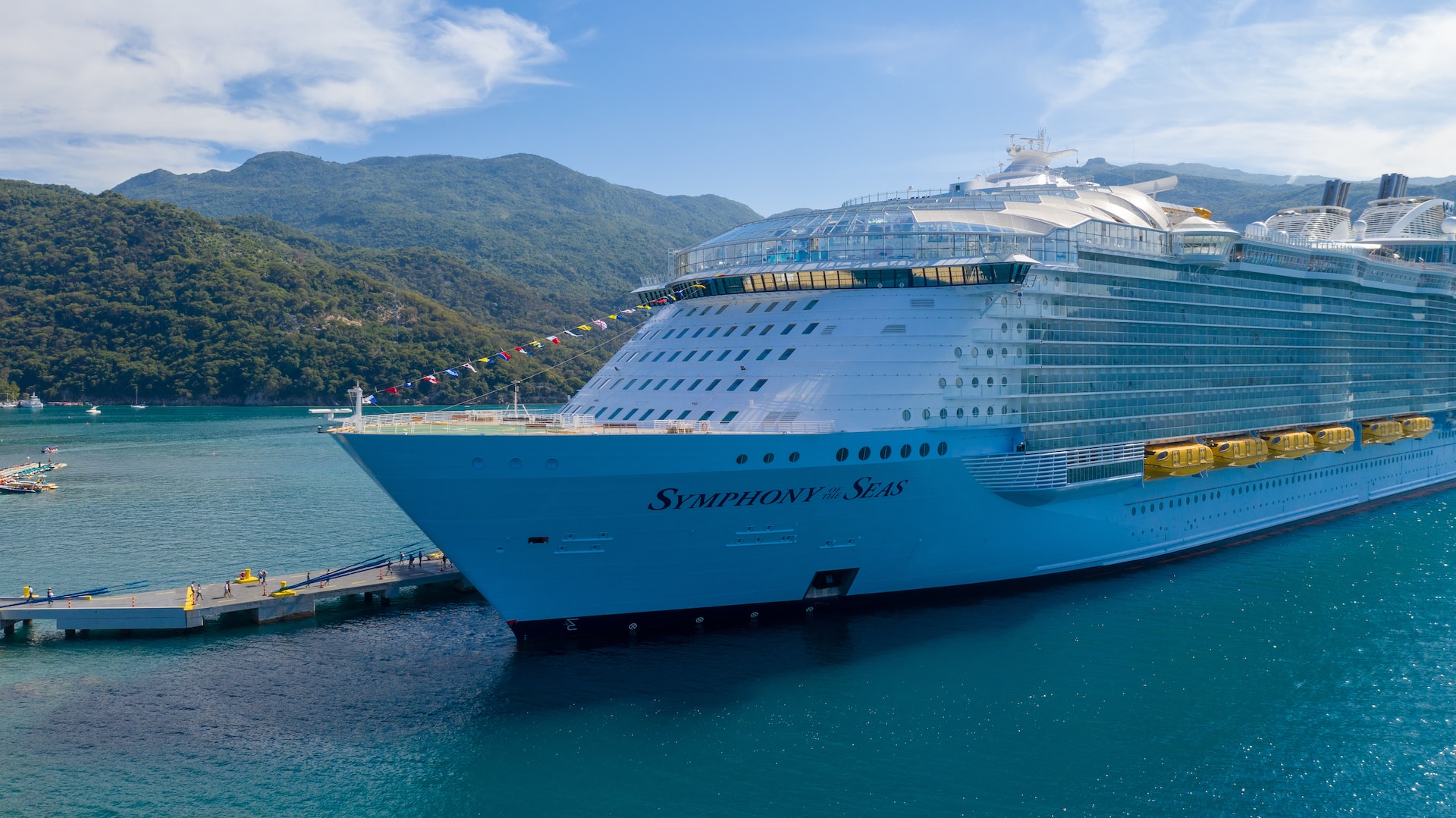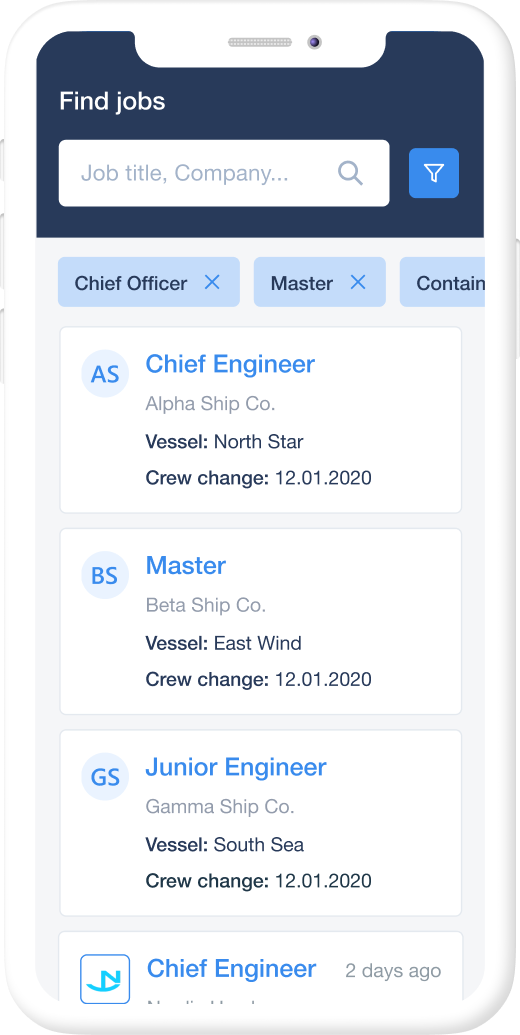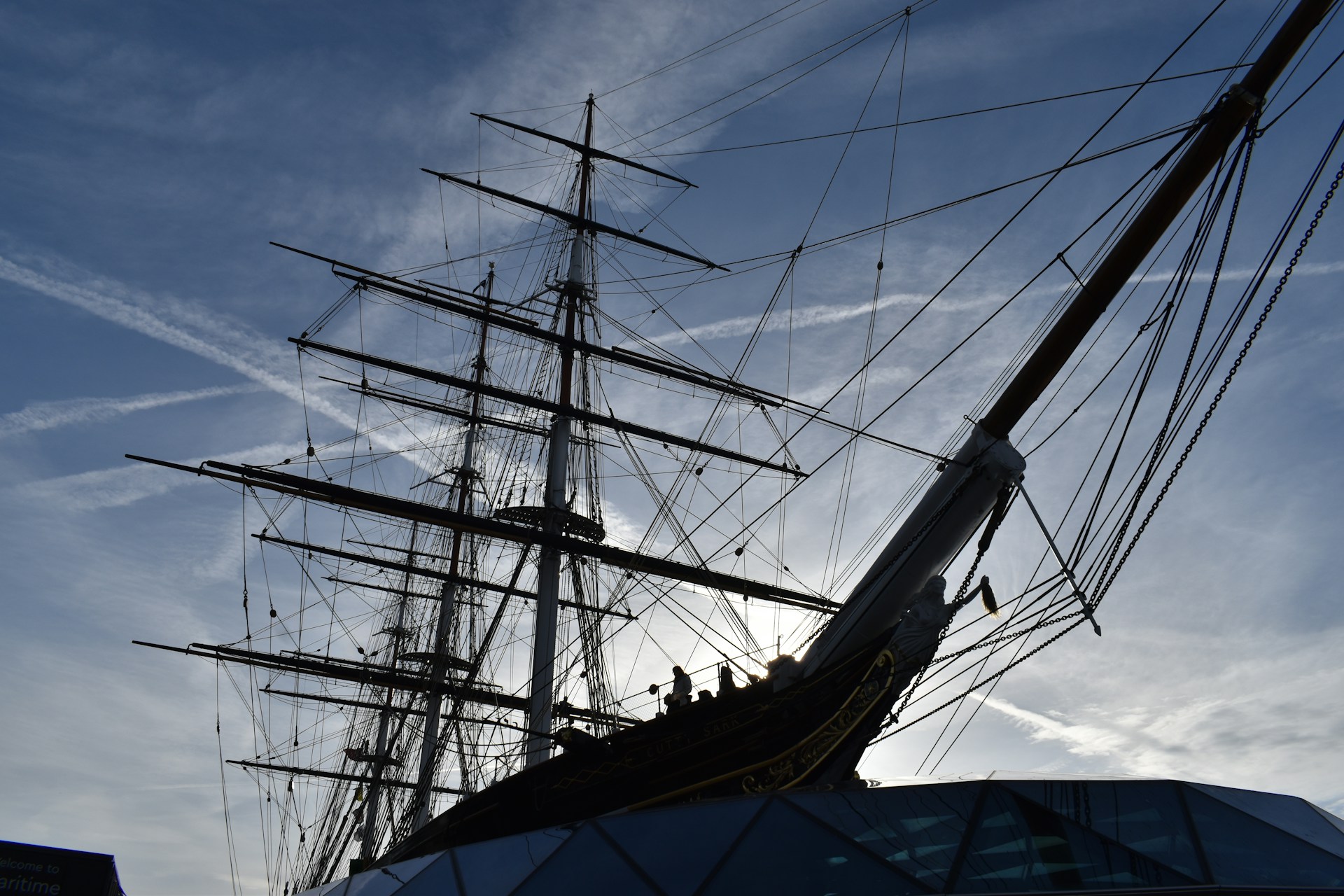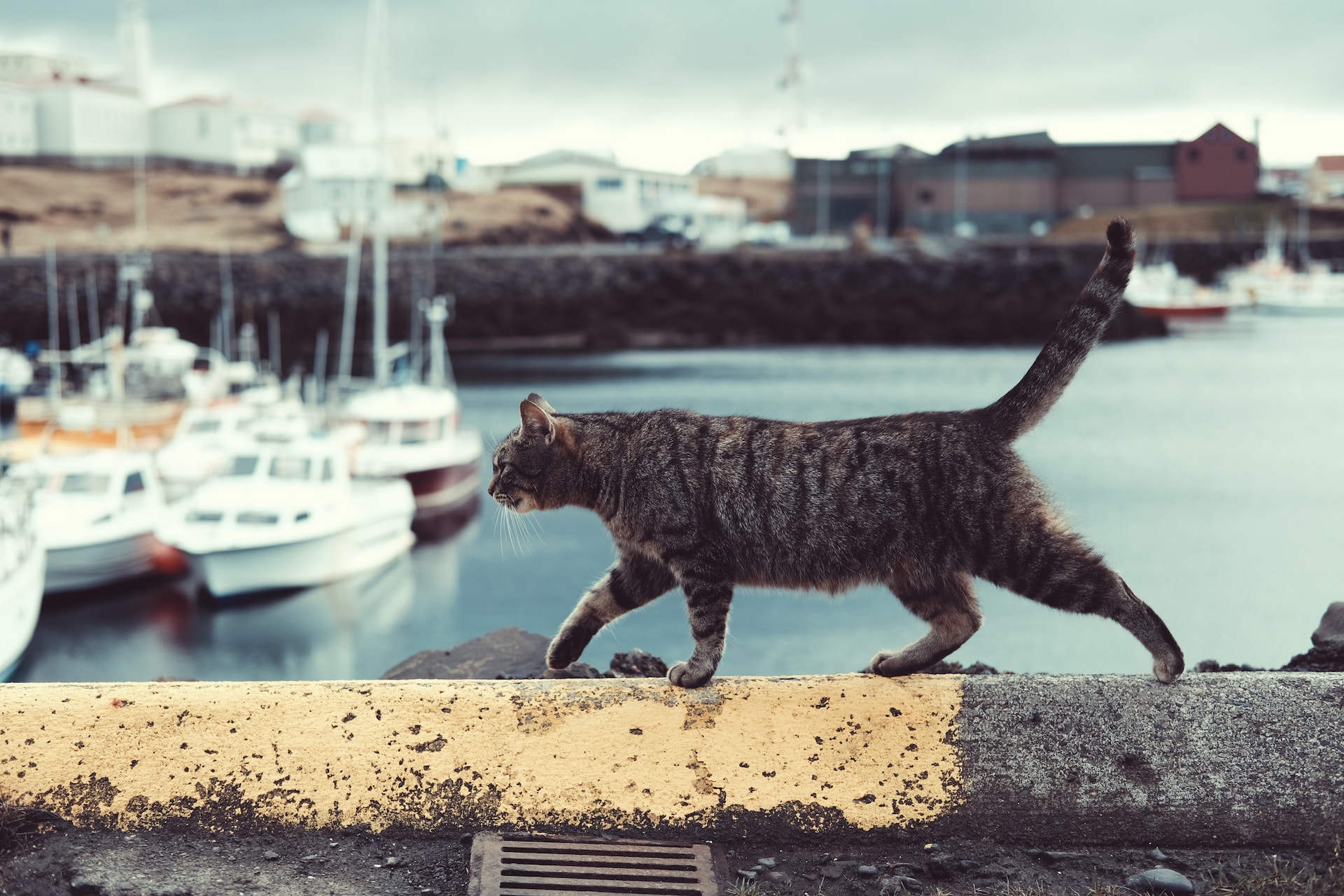In pop culture, enthusiasts of the Royal Family dived into the penultimate season of Netflix’s The Crown, released last Wednesday, November 9.
The new season chronicles the events from 1991 to the spring of 1997, but one particular scene captured the fans’ interest. A few seconds into the first episode, a flashback greeted the audience:
It’s April 16, 1953, and the young Queen Elizabeth can be seen in John Brown’s yard on Clydeside, Scotland. This shipyard was the temporary home to a newly completed 4,000-ton royal yacht—and the site of the launching ceremony for the newest addition to the Royal Fleet.
“I hope that this brand-new vessel, like your brand-new Queen, will prove dependable and constant. Capable of weathering any storm. I now take great pride in naming this ship Britannia”
Her Majesty’s voice was lost in the din of cheers from builders and the assembled audience.
She caps off her speech with a wish:
“I wish success to her. And to all who sail in her.”
Did the Queen refer to the ship as a female? Or was it because the main passenger of the yacht was a female?
Today, let’s learn some interesting facts about maritime transport. Did you know those sailor superstitions—and now long-standing tradition—dictate that ships be referred to as she?
How are ships named?
But before all that, how are ships named?
“What’s in a name?” When William Shakespeare asked us this question, he acknowledged naming is a way for us to distinguish people and things.
Naming a person is essential—there’s no question there—but nowadays, we fondly name everything near and dear—pets, musical instruments, vehicles, and, yes, ships.
Almost all boats, whether military or civilian, are ceremonially christened before they are put into the water.
However, naming a vessel is a colorful occasion, unlike how we call cars and other land vehicles.
Over the years, the processes and customs around ship naming have changed. After the ship's construction is complete, the vessels are blessed solemnly and given their names during the ceremonial ship launching.
On the day of ship launching, the ships will be adorned with flags and vibrant ribbons, and musicians will play during the ceremony.
Although there isn't a set process, the ceremony typically starts with the ship's launch. Then, the ship's godmother, another custom when a female citizen "sponsors" a vessel to wish good luck and safe travel, smashes a champagne bottle on the ship's bow after the launch.
The ship's name will be formally announced during the christening ceremony in front of the invited audience.
Before owners started to name their ships after key females in their lives, most civilian ships were named after goddesses and other mythological figures.
As for choosing a name for a new naval vessel in countries with strong military powers, they observe a lot of consideration and tradition.
If you want to learn more about how naming ships came to be, read this post.
Why is a ship a ‘she’?
If you’re working on ships, you might not have paid much attention to this tradition. As an ordinary seaman, the vessel’s name and pronoun are something you take for granted and speak about without any questions.
But for those without seafarer jobs, the tradition of referring to a ship as a ‘she’ is one with historical, superstitious, and even mythological beginnings.
Some reasons why a ship’s a she are:
1. The Latin origins
The term “ship” actually has Latin origins. History says the word was derived from the Latin “navis,” which means transport or cargo boat.
Although modern English does not observe gendered terminology, Latin does. “Navis” is a feminine word; some claim that this is why we refer to ships as she.
2. The pronoun is not the only female thing
The pronoun is not the only female thing when we refer to ships. The first journey or a brand-new ship is often called the maiden voyage.
In the naming ceremony, the general wish of everyone is for the ship to prosper. Frequently, “God bless her, and all who sail on her” is a common way to cap off a speech during the ceremony.
Speaking of ceremonies, the tradition is for a ship to have a godmother.
The ship’s godmother is chosen and given this honorary title to bless and guard the ship. The tasks are straightforward: godmothers go to the ceremonial launch and naming ceremony for their ship, where they bless and formally name it.
it's common to refer to ships as having "sister ships." A vessel with a similar or identical design is called a sister ship. Most cruise lines as well as traditional merchant vessels such as container ships, will have sister ships that together make up a group referred to as a class.
3. Belief in a woman's protective role
In the past, sailors would spend a lot of time at sea and frequently develop strong attachments to the ships they sailed on. As a result, it was typical for the sailors to refer to their ship with affection.
Ancient seafarers were said to be "married to the sea" and frequently named their ships after the women they cherished as a mark of respect for them.
Goddesses and mother figures would also be used as the names for ships to perform a protective role in looking after the ship and crew.
It, therefore, became customary for many vessels to carry female figureheads designed to mimic these people.
A figurehead was frequently found on the front of a ship between the sixteenth and twentieth centuries. The figurehead, typically a stunning woman, was often depicted as guarding the ship and caring for those who sailed aboard her.
Seaman life aboard “Her”
There’s a tongue-in-cheek reason why ships are referred to as she.
There’s a flurry of activity around a ship—similar to how a woman will need a lot of specialized pampering to ensure her hair, body, skin, health, and wellness are all in tip-top condition.
The work of a seaman revolves around the ship’s upkeep. It takes a lot to paint her and maintain her engines and other parts, and it takes an able-bodied crew to handle her properly every time she sails to sea.
But life aboard a ship offers one-of-a-kind adventures and rewarding experiences. If you’re ready to start or continue working on ships, Martide can help get you started. Build your resume today or view our exciting job vacancies.

Tricia Tan
Former content writer at Martide.







